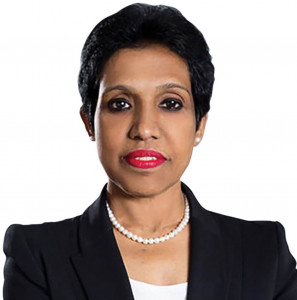Update: Myanmar Trademark Practice
13 April 2016

With significant changes in the political landscape of Myanmar (also known as Burma), there are similar expectations for corresponding changes in the economic and business practices as well. This further affects the expectations of IP holders to better protect their rights in this country. Currently, Myanmar is working with the World Intellectual Property office (WIPO) and World Trademarks Office (WTO) to introduce new IP laws which include legislation covering trademarks.
The present laws in Myanmar do not provide for a formal system of registration of IP rights inasmuch as there is no statutory protection for IP rights in Myanmar. The present provisions in place are based on the common law system, where trademarks can be protected by filing a declaration of ownership wherein the document serves as proof of ownership of the trademark in question. Local practice further requires the publication of a cautionary notice in a local newspaper to inform the public of the ownership rights vested in the trademark. Given that there is no formal registration procedure in place, there is no examination of marks owned by different proprietors.
However, a draft trademark law, currently awaiting final approval, seeks to establish a trademark regime more in sync with international practice. The draft law envisages the protection of trademarks, trade names and wellknown marks, and discusses a 10 year period of registration, with renewal of trademarks possible at 10 year intervals. The draft law also discusses examination of marks and provides third parties with an opportunity to oppose published marks. However, once the law is in place, a major impact will be that trademark proprietors who have registered declarations of ownerships with the Office of the Registry of Deeds and Assurances will be required to apply for a fresh application. These proprietors, however, are likely to receive the benefit of a grace period of three years after the implementation of the new law to file a new application and are also likely to receive priority under the new system. It is not clear at this stage whether prior use of a mark will be taken into consideration once the new laws are implemented, given that the new system will follow the first to file principle.
While the draft trademark law is pending, certain changes to the practice have been implemented by the Office of the Registry of Deeds and Assurances that directly impact trademark owners. Under the old system, an assignment of trademarks was recorded by simply filing the Deed of Assignment together with a Declaration of Assignment. There were no specific requirements with respect to the contents of the Deed of Assignment. Also, there was a flat stamp duty rate that was applied to foreign-currency denominated documents. With the implementation of the new tax laws, all assignment documents filed in Myanmar are required to disclose a nominal value of the transfer, set at a minimum of US$100. A Stamp Fee of 3% based on the declared value is required to be paid for any transfer/sale/assignment of property. And, the registration fees for the assignment recordal have been set at .002% of the declared value.
To record the assignment, a trademark owner will be required to submit a Declaration of Assignment of Ownership of TradeMark, a power of attorney (one from the assignor and one from the assignee), a certified copy of the executed assignment deed covering the relevant marks/goods in the jurisdiction concerned, and copies of the registration certificates for the trademarks to be assigned.
Conclusion
With the approaching implementation of a new IP regime, IP owners can expect a more efficient and structured registration process for trademark proprietors. Moreover, the implementation of the new law is expected to lead to the creation of government agencies such as the Intellectual Property Office of Myanmar and the creation of IP courts. However, it remains to be seen whether the laws are likely to be implemented soon and whether the new laws will in fact continue to effectively protect the rights granted to trademark owners under the old regime.








